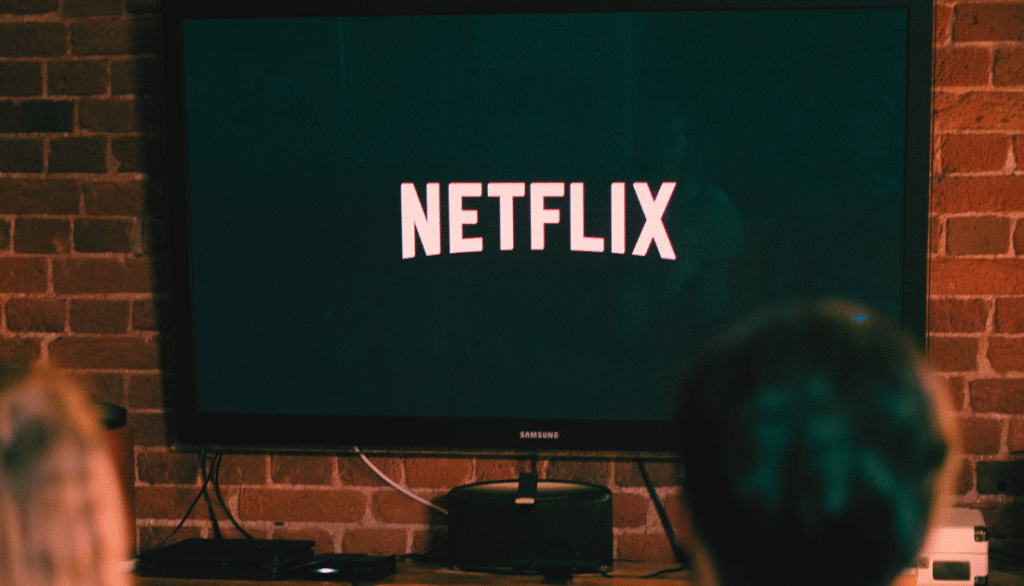Netflix has announced a new set of artificial intelligence–powered tools designed to reshape its advertising model and enhance how ads are delivered on its platform.
Highlights
Unveiled during the company’s recent Upfront event, the initiative includes the debut of an in-house platform called Netflix Ads Suite.
The goal is to integrate ads more seamlessly into shows and movies, using advanced technology to personalize content without disrupting the viewer experience.
One of the most notable additions is a generative AI feature that can contextually and visually align ads with the aesthetic of the content being viewed.
This technology is designed to embed ad elements within the look and feel of the programming—for instance, by adapting brand visuals to match the tone of series like Stranger Things or Bridgerton.
Netflix says this approach could improve engagement by creating a more immersive and less intrusive ad experience.
The AI-powered ad experience is part of a broader rollout under the Netflix Ads Suite, which is currently available in the United States and Canada.
Expansion into Europe, the Middle East, and Africa (EMEA) is scheduled to begin in the coming weeks, with all 12 ad-supported markets expected to have access by June 2025.
New Tools for Advertisers
Beyond generative AI, the Ads Suite offers a variety of tools aimed at improving ad targeting and effectiveness. Advertisers can tailor their campaigns based on over 100 user interests spread across 17 categories.
The platform also provides access to Netflix’s first-party behavioral data—gathered directly from user activity on its platform—to help inform targeting strategies.
To support performance evaluation, Netflix has built in proprietary measurement tools that allow brands to track engagement and other key campaign metrics.
Expanding Ad Formats and Customization Options
Netflix also previewed several new ad formats as part of its evolving strategy. These include interactive midroll ads that appear during playback, and pause ads that activate when users pause a program.
Both types can be customized with interactive overlays, call-to-action elements, and second-screen prompts. These formats are expected to be introduced across all ad-supported regions by 2026, allowing brands to explore multiple engagement strategies.
Mixed Reactions From Users
The rollout of AI-enhanced advertising has drawn a range of responses from users. While some see the approach as a creative solution to traditional ad fatigue, others have raised concerns about the potential for ads to become too pervasive.
On social media, comparisons have been made to dystopian narratives, with some users referencing episodes of Black Mirror.
A segment of the audience has expressed concern about how such changes might impact their overall viewing experience, including potential disruptions or visual distractions.
Strategic Emphasis on Ad-Supported Growth
Netflix reports that its ad-supported tier has grown to 94 million global monthly active users—up from 40 million the previous year. The sharp increase highlights the platform’s strategic shift toward monetizing its user base through advertising. Amy Reinhard, President of Advertising at Netflix, emphasized the company’s focus during the Upfront event, stating that the foundation of its advertising model is now in place and future developments will progress rapidly.
Industry Outlook and Competitive Implications
Industry analysts view Netflix’s latest move as a significant signal of how AI and behavioral insights could redefine advertising in the streaming era. While questions remain about long-term viewer sentiment and ethical considerations surrounding personalization, the company’s investments suggest it sees substantial potential in this model. Some experts anticipate increased ad revenue in the second half of 2025 as these tools are fully implemented across markets.
By combining AI integration, first-party data, and expanded ad formats, Netflix is positioning itself to offer a more customized and potentially more effective advertising experience. As the platform navigates both innovation and audience expectations, its approach could influence how streaming services balance content delivery with monetization in the years ahead.


